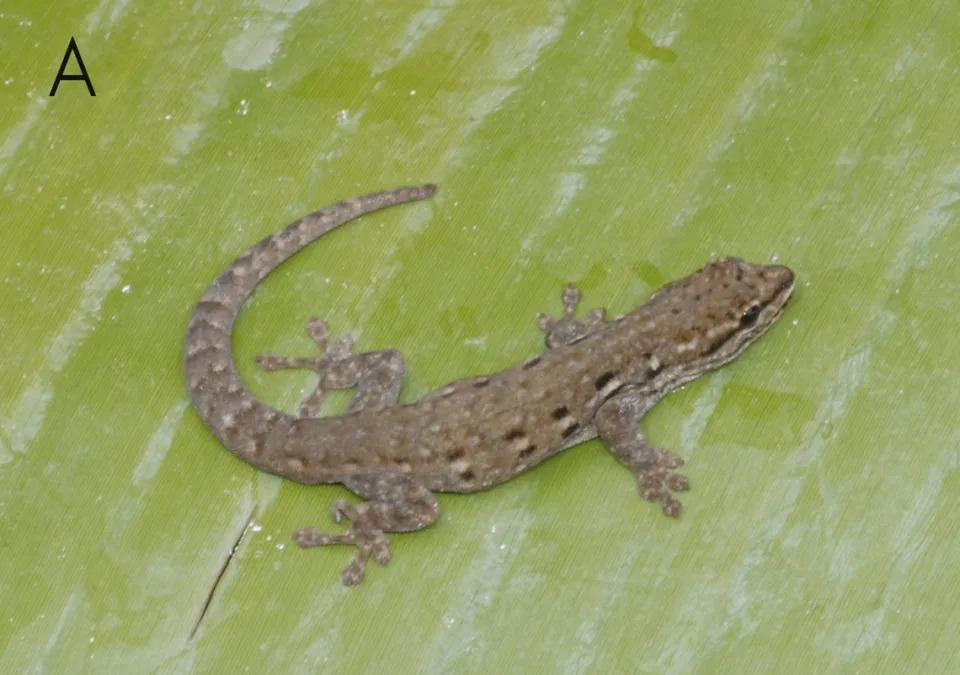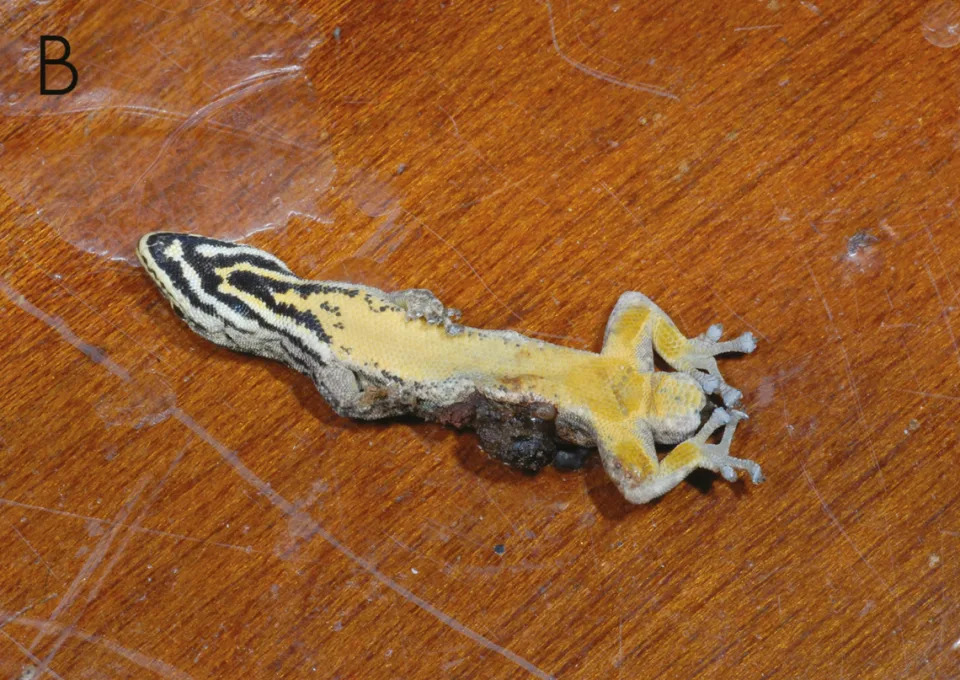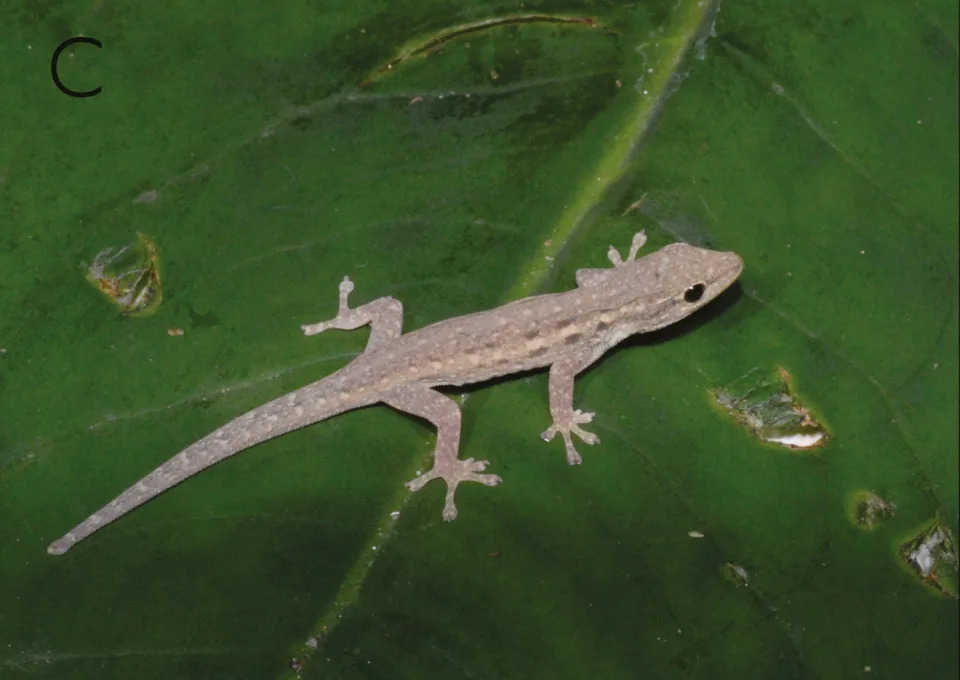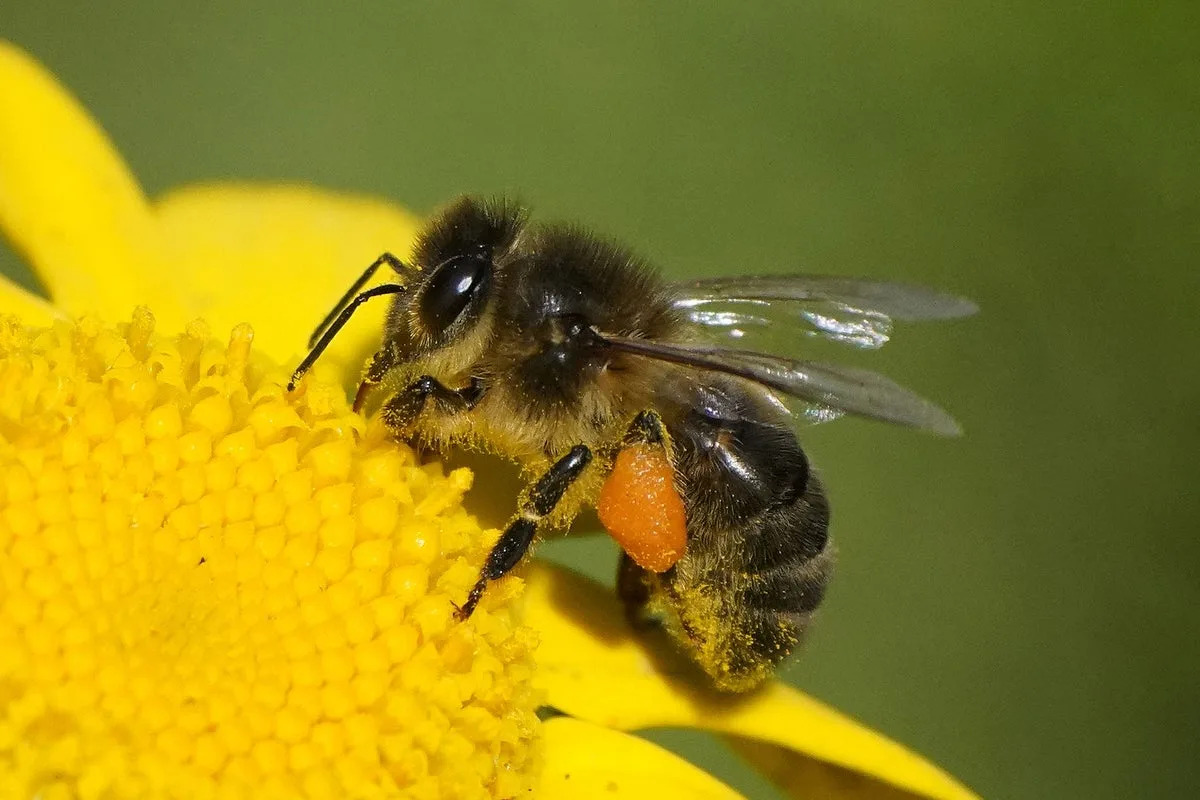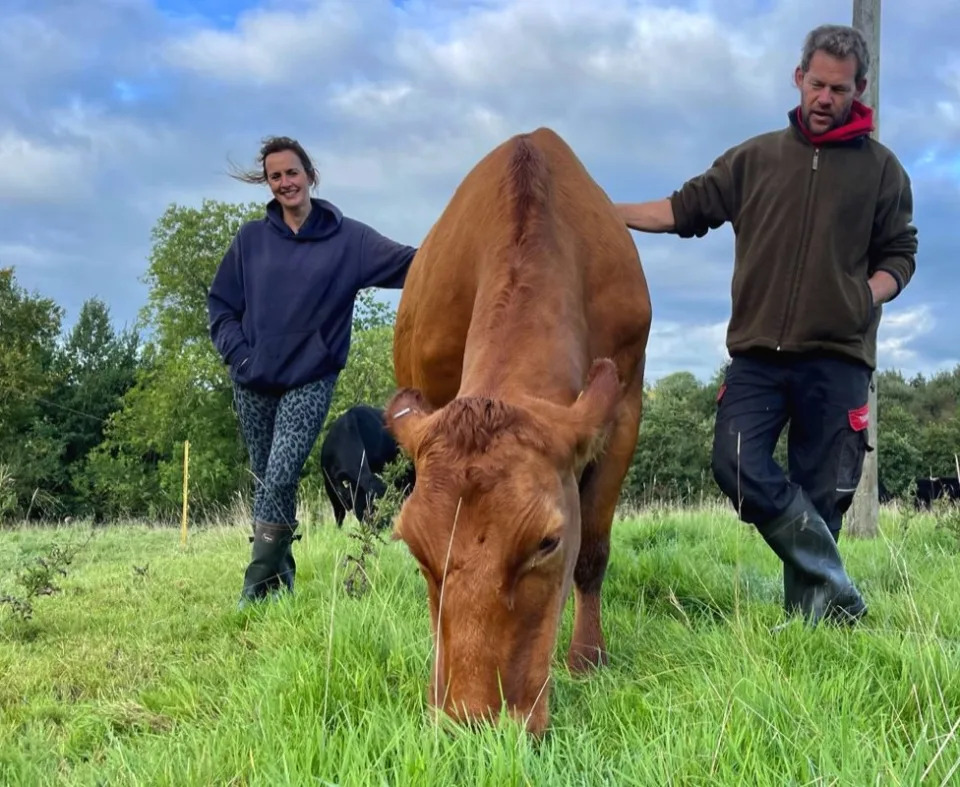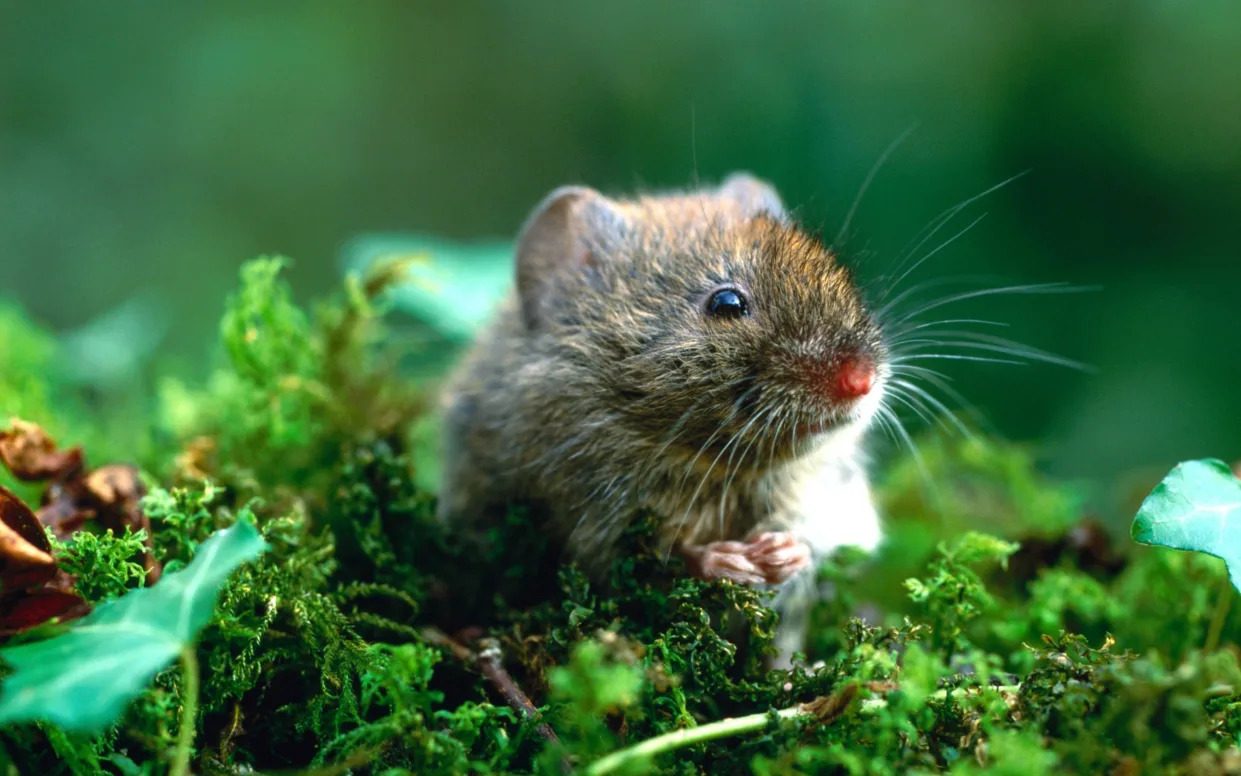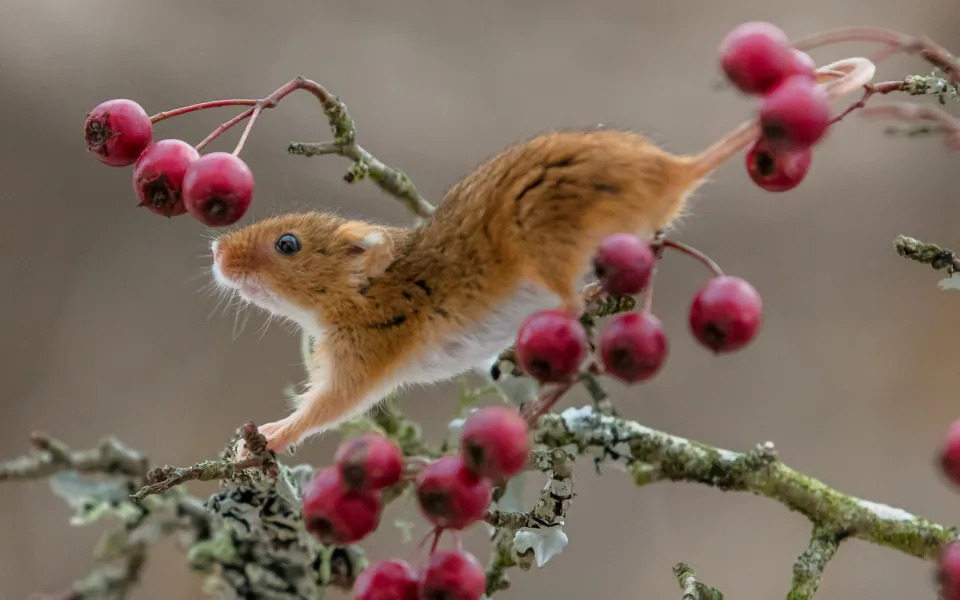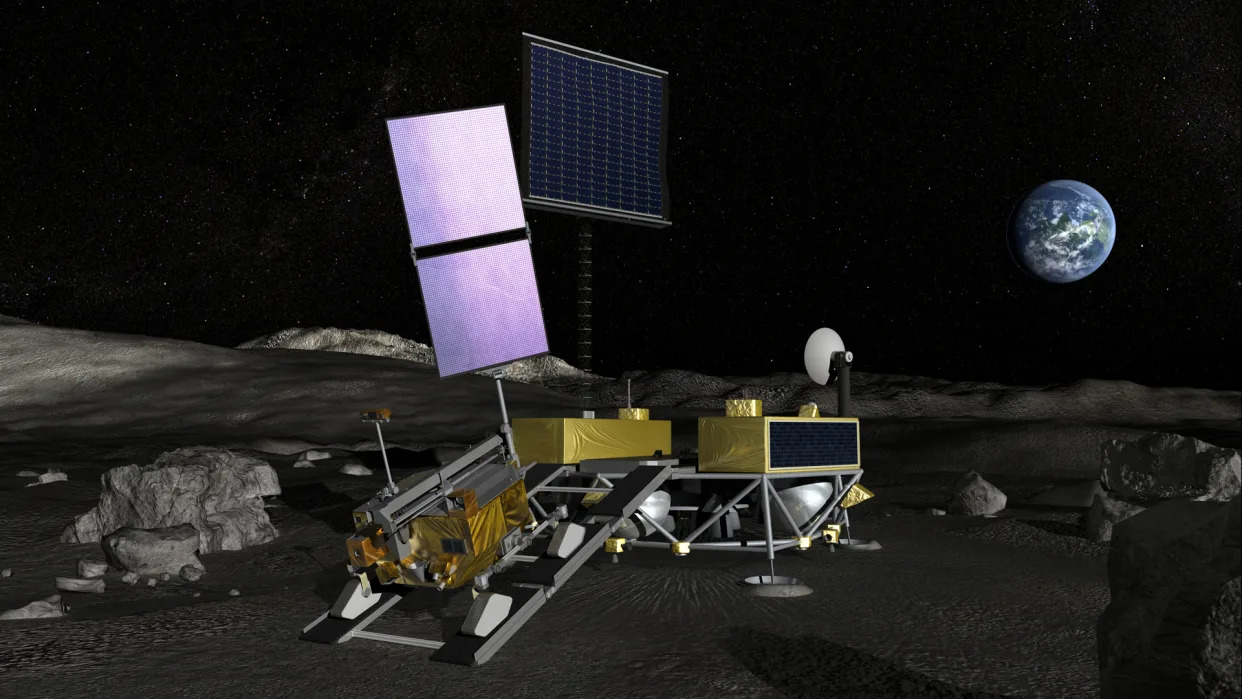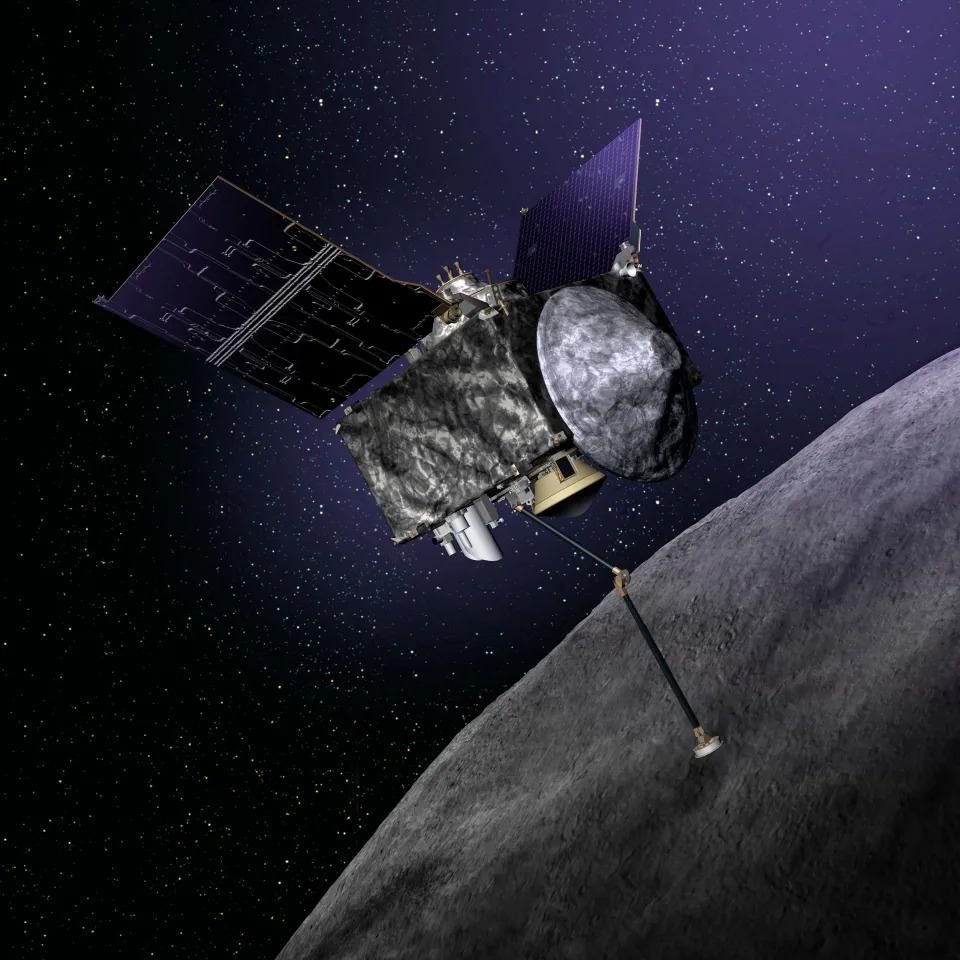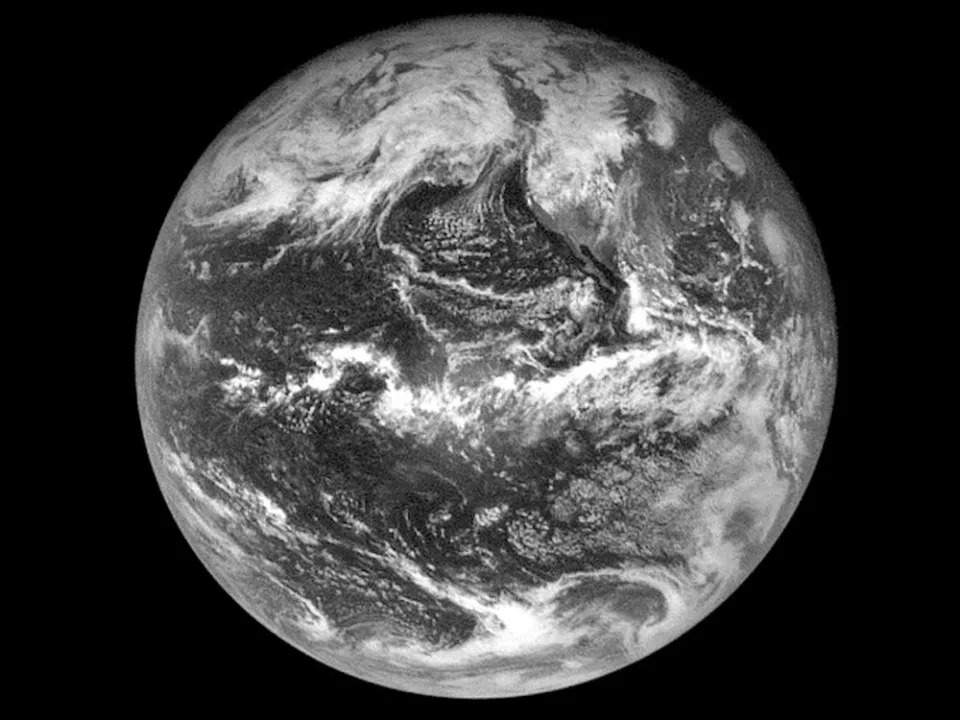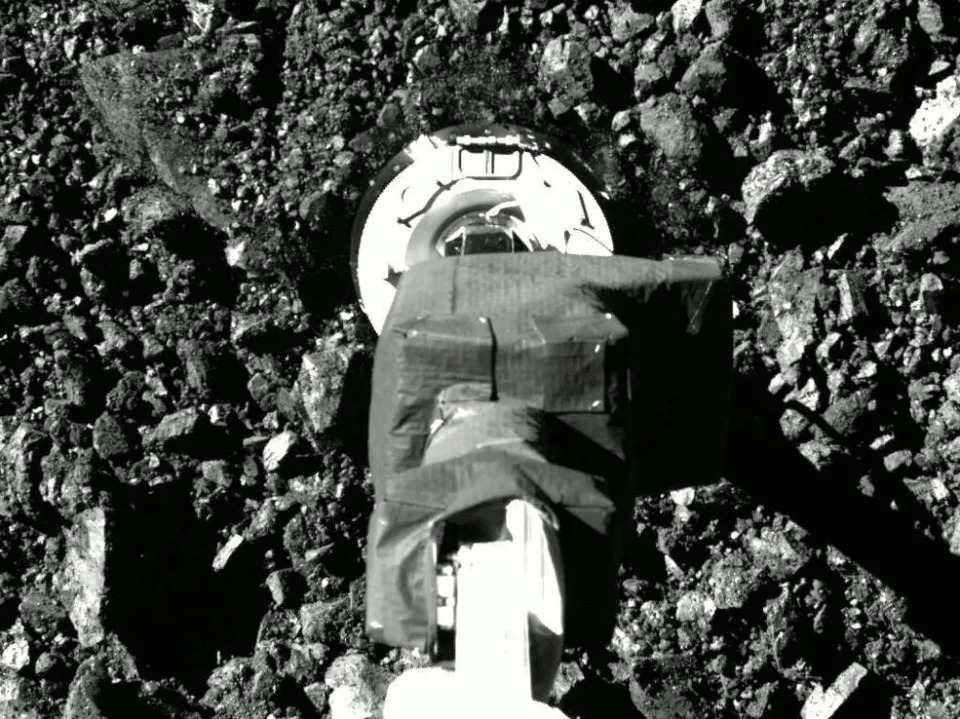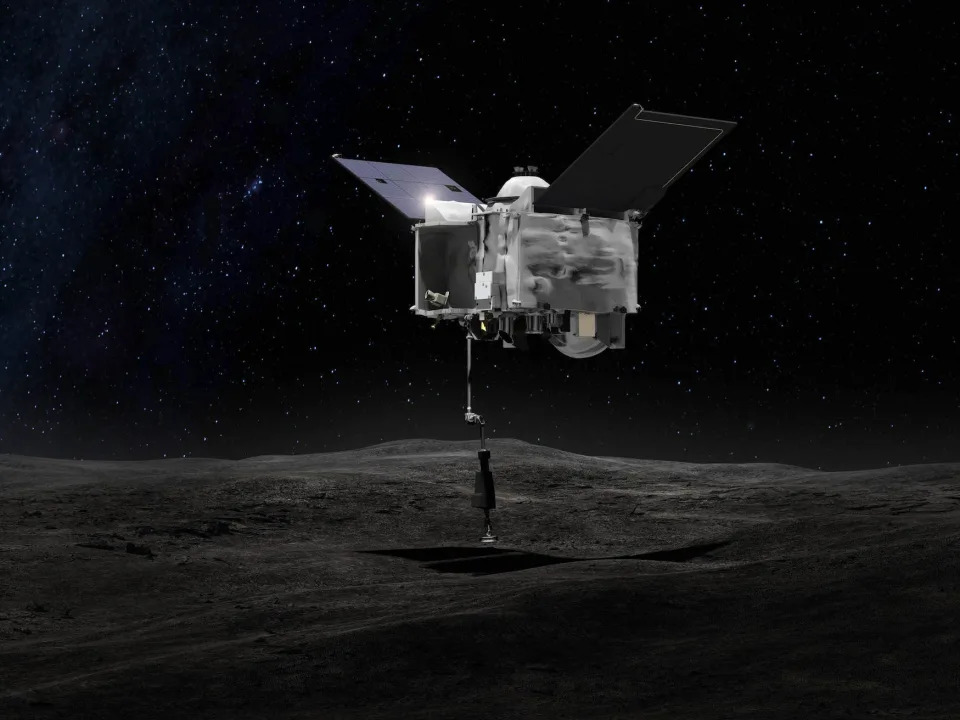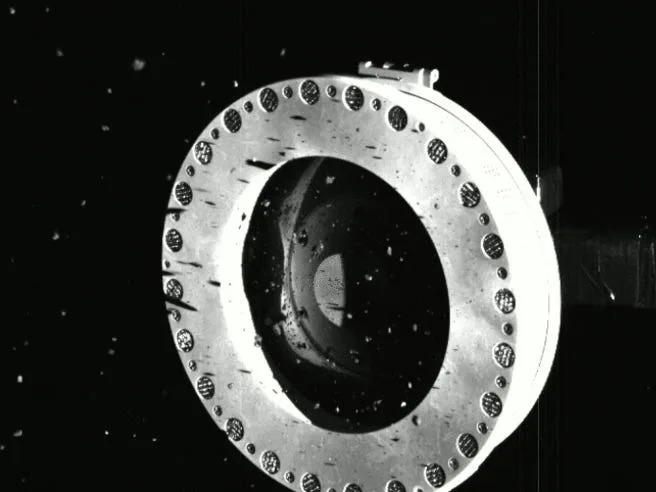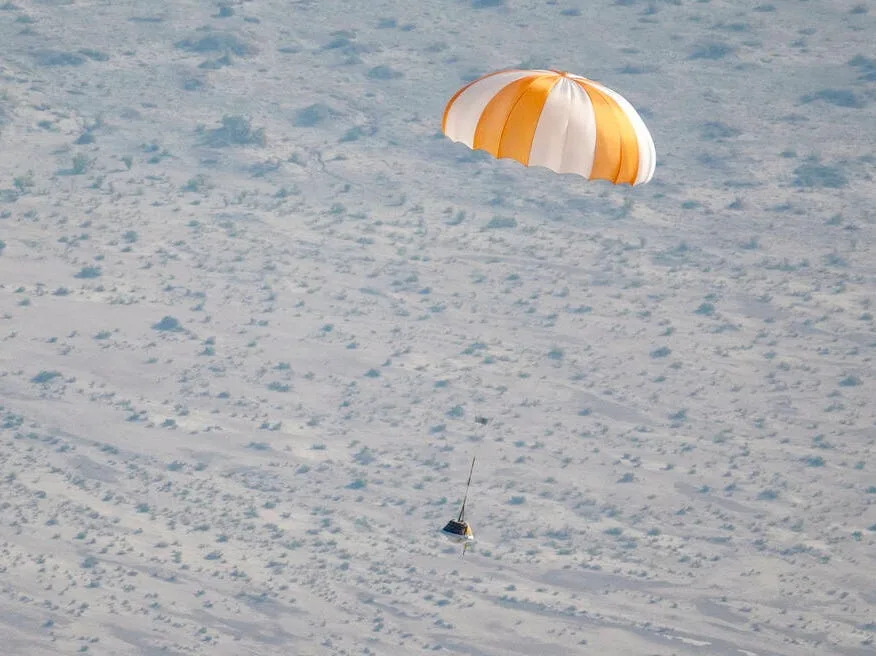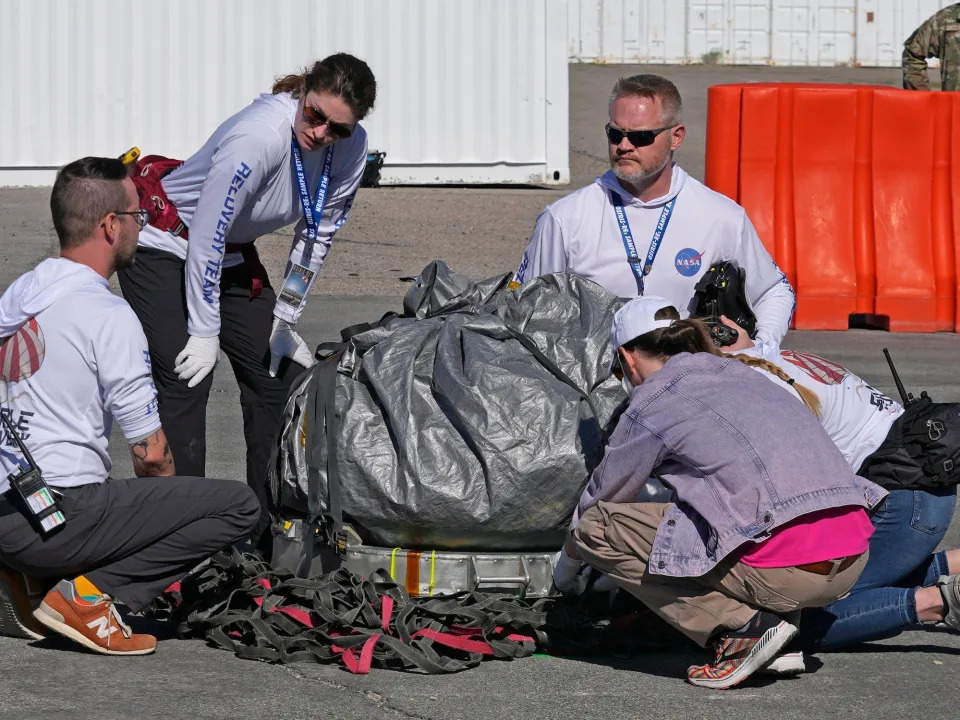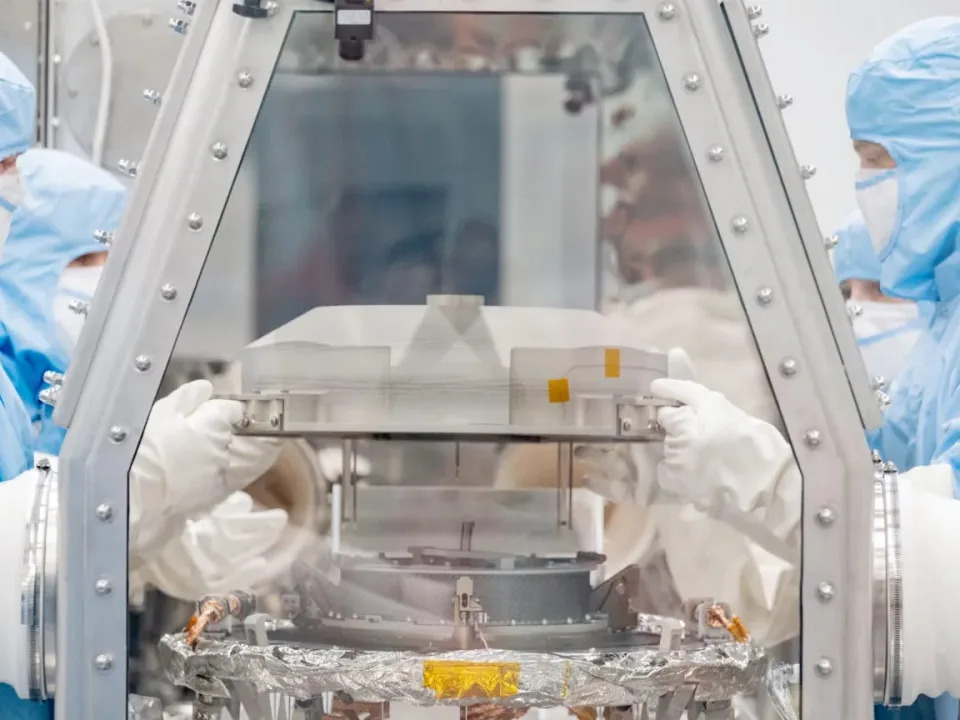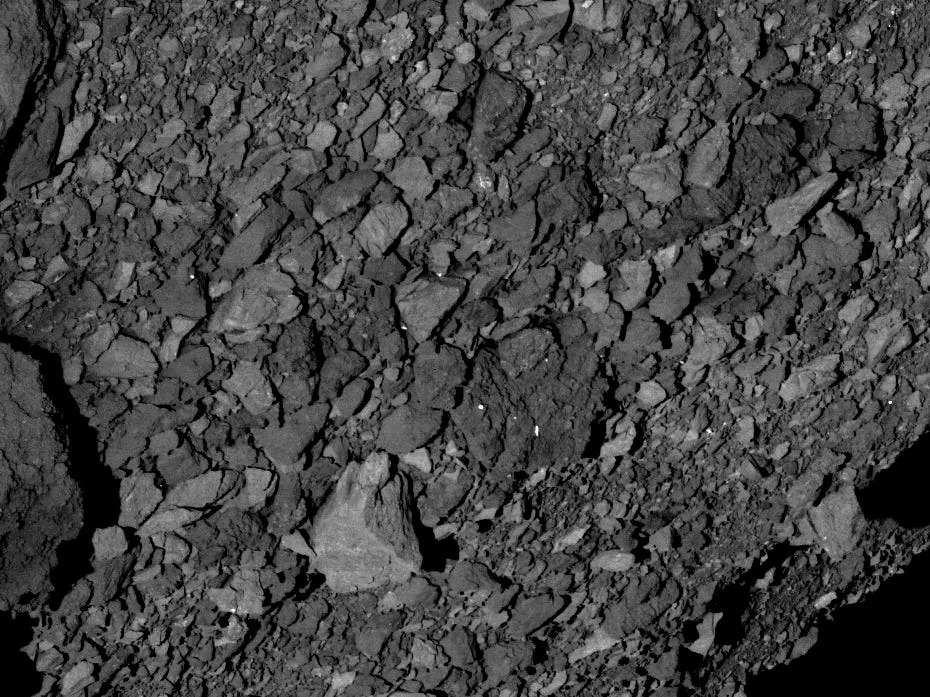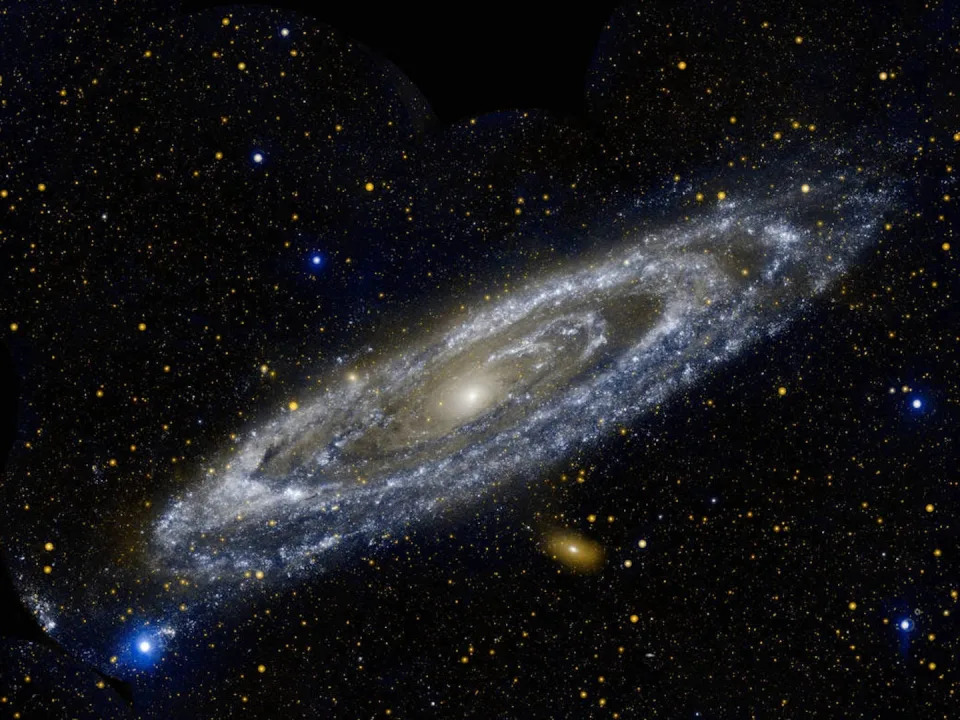Nicholas R. Longrich, Senior Lecturer in Paleontology and Evolutionary Biology, Life Sciences at the University of Bath, University of BathSee less
Wed, September 27, 2023 at 10:31 AM MDT·5 min read
Sixty-six million years ago, the Cretaceous period ended. Dinosaurs disappeared, along with around 90% of all species on Earth. The patterns and causes of this extinction have been debated since palaeontology began. Was it a slow, inevitable decline, or did the end come quickly, driven by a sudden, unpredictable disaster?
Georges Cuvier, working in the early 19th century, was one of the first palaeontologists. He believed that geological catastrophes, or “revolutions”, drove waves of sudden extinction. In part, his ideas were formed by study of a giant sea lizard, Mosasaurus, that lived and went extinct at the end of the Cretaceous
.
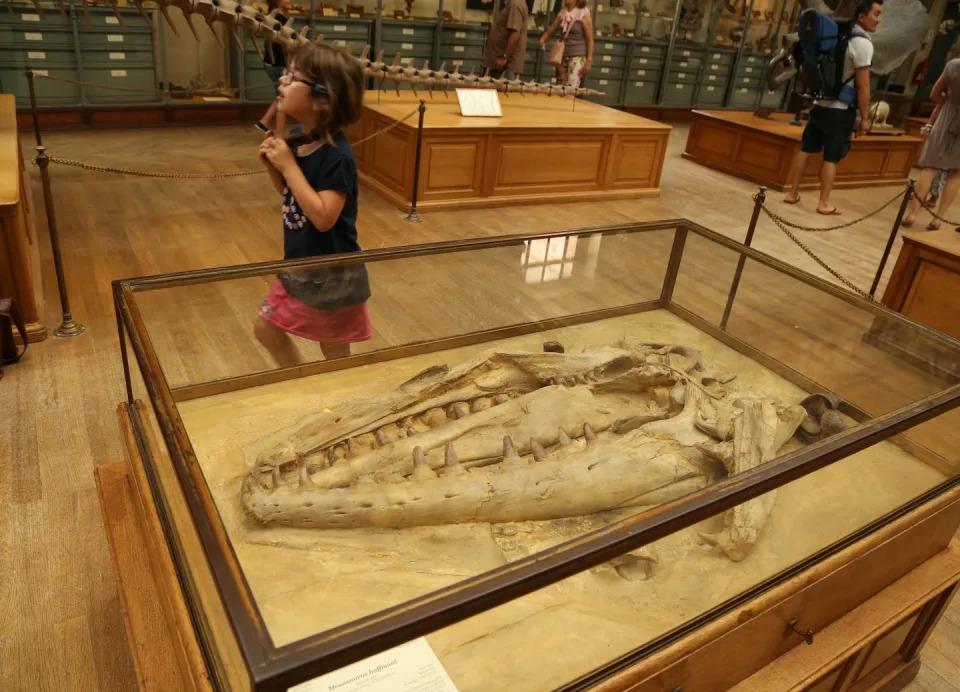
Skull of the marine lizard Mosasaurus studied by Cuvier. Nick Longrich.
Charles Darwin saw the end of the Cretaceous rather differently. He thought extinctions happened gradually, driven by everyday processes working over many millions of years, just as sedimentation and erosion slowly reshaped the land.
The debate continued for over a century, but the idea of catastrophic extinction gained ground as palaeontologists collected more fossil species, timing species’ appearances and disappearances. Massive numbers of species disappeared near the end of the Cretaceous, rapidly, around the world, both on land and in the sea. These severe, rapid, worldwide extinctions implied a severe, worldwide, rapid cause – a catastrophe.
Finally, in 1980 physicist Luis Alvarez identified a possible driver of the extinctions – a giant asteroid impact, later traced back to an enormous crater beneath the town of Chicxulub, in Mexico. Debris shot into the upper atmosphere by the impact blocked out the sun, causing photosynthesis to stop, and temperatures to plunge.
This didn’t end the debate, however. Some have argued that other events, like volcanic eruption, contributed, or even that the dinosaurs were already on their way out. In these scenarios, the asteroid impact was one of many factors driving the extinctions, or perhaps the final blow to groups in decline.
Recently I’ve been working as part of a team of palaeontologists studying new marine reptiles from the latest Cretaceous of north Africa. We’ve found a huge number of mosasaur species, close relatives of the Mosasaurus that Cuvier studied. Our research suggests that mosasaurs remained diverse until the very end. As they were the dominant predators of the day, their evolution tells us about the evolution of the marine ecosystem as a whole, and suggests marine ecosystems remained diverse until a sudden, catastrophic collapse caused by the asteroid impact.
Cretaceous marine reptiles
Near the end of the Cretaceous, sea levels were high, submerging much of Africa underwater. The Tethys Sea, which would eventually become the Mediterranean Sea, flooded the Sahara; the Atlantic extended east across north Africa as far as Morocco’s Atlas Mountains.
Meanwhile, the trade winds drove to the east, as they do now. Wind pushed surface waters offshore, causing upwelling of nutrient-rich waters from the ocean floor along the eastern Atlantic, fertilising the seas, and driving vast plankton blooms. Phytoplankton fed zooplankton, feeding small fish and ammonites, feeding larger animals, and so on up the food chain.
And an extraordinary diversity of marine reptiles sat atop the food chain: giant sea turtles, long-necked plesiosaurs – and the mosasaurs.
When these animals died, their skeletons, along with fish bones and shark teeth, formed vast bonebeds. These beds, in what’s now Morocco, are today mined for fertiliser, in the process revealing an extraordinary marine ecosystem from the last days of the Cretaceous.
Far from declining at the end of the Cretaceous, marine reptiles – especially mosasaurs – evolved to become increasingly diverse. Mosasaurs show a range of body sizes, from a few metres long to giants over 10 metres long. They also evolved an astonishing variety of tooth shapes: hooks, spikes, cones, blades, crushing molars.
Recent years have seen a remarkable number of new species emerge, including many strange, specialised forms. Pluridens serpentis had a mouth full of small, hooked, snakelike teeth. It probably ate small, soft prey, like fish and squid.
The bizarre little Xenodens had bladelike teeth, packed edge-to-edge to create a sawlike cutting blade. This arrangement is unique among lizards, or even reptiles. It likely used its teeth to saw apart larger prey or scavenge from carcasses.
The 10-metre long Thalassotitan had massive, conical teeth like a killer whale’s. It was an apex predator, eating plesiosaurs, sea turtles – and other mosasaurs.
Read more: 'Sea monsters' were real millions of years ago. New fossils tell about their rise and fall
The most recently recently discovered species we named Stelladens, or “star tooth”. Most mosasaurs had a bladelike cutting edge on the front and back of each tooth. In Stelladens, a series of two to four extra ridges run down the tooth, giving the teeth a shape like a Phillips-head screw driver or a hex wrench. Nothing quite like it has been seen in a mosasaur before, or anything else. What did it eat with its odd teeth? We don’t know.
Resilience and adaptability
Mosasaurs were just one of many kinds of animals inhabiting the seas, but as predators they tell us a lot. The reason so many mosasaur species could coexist was that they specialised, targeting different prey with different hunting strategies, avoiding competition.
For the marine reptiles at the top of the food chain to be so diverse, there had to be diverse prey species on lower levels of the food chain. The diversity of mosasaurs suggests the marine ecosystem was healthy and stable in the last million years before the Cretaceous period ended. This supports the theory that the end-Cretaceous extinction was driven by a sudden catastrophic event – the asteroid – rather than resulting from a slow, gradual decline.
Seen on longer timescales, over millions of years, life shows remarkable resilience and adaptability, and a certain orderliness. Species evolve, diversify, and become better adapted. But even the most successful, well-adapted species is only one catastrophe away from extinction— one asteroid, one volcano, one ice age. That raises the unsettling possibility that our own species’ continued existence isn’t certain, either. The next catastrophe could be the one that ends our species.
And yet at the same time, the asteroid impact that wiped out marine reptiles and the dinosaurs made the world around us possible. The extinction of mosasaurs and plesiosaurs allowed the evolution of dolphins, whales and seals. The dinosaurs’ extinction drove the evolution of horses, lions, elephants, humans. One world was wiped away by catastrophe, but out of that disaster, something new, remarkable, and surprising – our world, and the species we share it with – was born.
This article is republished from The Conversation, a nonprofit news site dedicated to sharing ideas from academic experts.
It was written by: Nicholas R. Longrich, University of Bath.
Read more:

